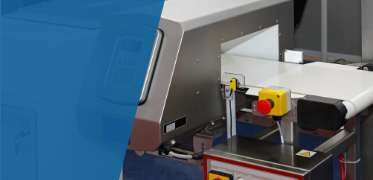
by Seth Bailey | Feb 9, 2023 | Add-ons, Conveyors & Conveyor Parts
OverviewProduct safety is a top priority in manufacturing, especially when it comes to food and pharmaceutical products. The right conveyor belt metal detector can give you the peace of mind that your line is safe and free from metal contamination.In this article, we...


